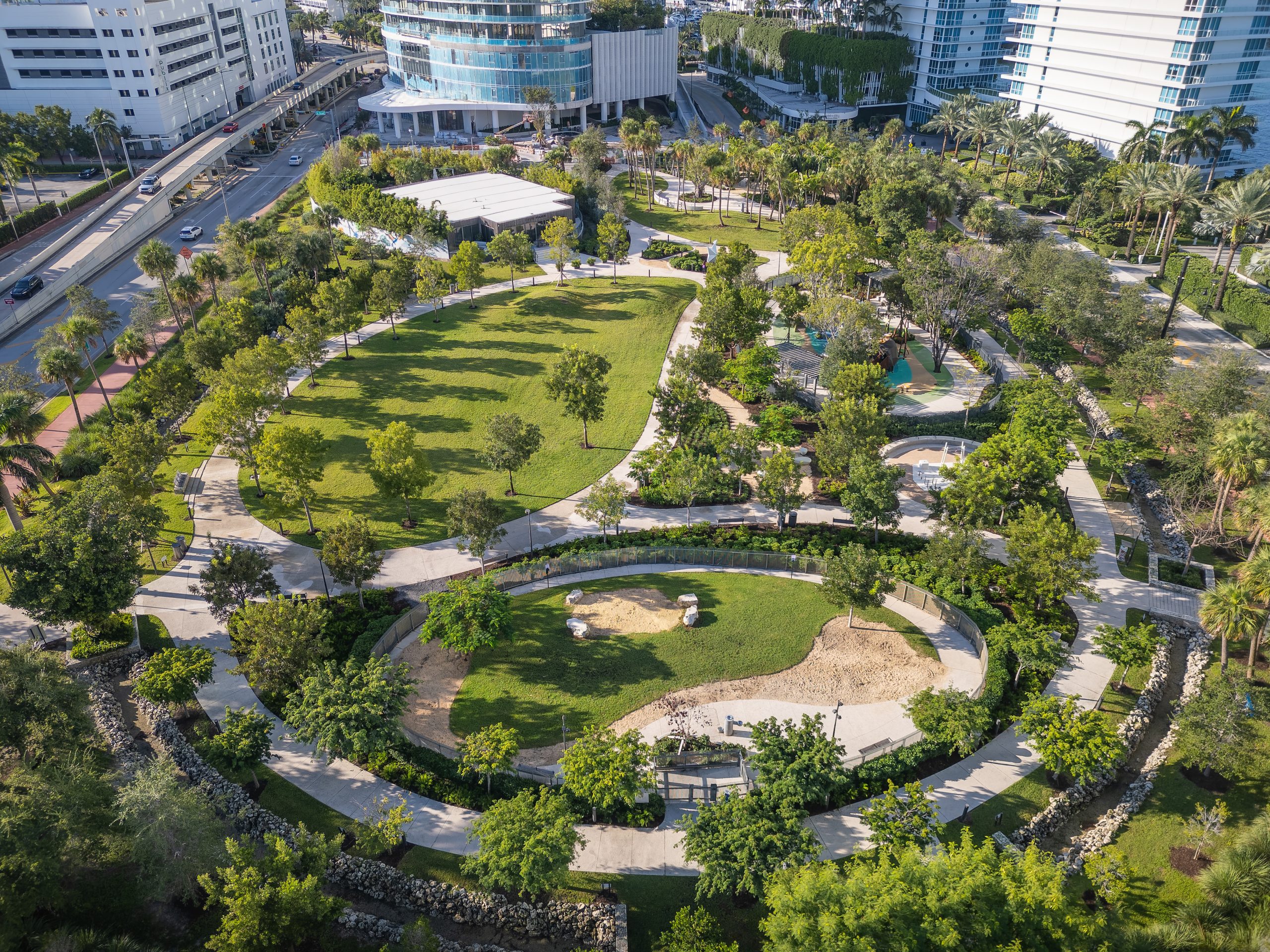Design as a Social Process: Rethinking Landscape Architecture Through the Lens of Culture, Memory, and Negotiation
To understand landscape architecture not merely as a series of spatial decisions but as a living reflection of people, politics, and place, we must reframe the act of design itself. Drawing from four years of immersive research, I developed a theoretical model called Design as a Social Process (DASP)a new lens that sees design not as a solitary pursuit or a purely technical craft, but as a deeply collaborative, contextual, and cultural act.
DASP proposes that design is not born solely in the mind of a genius or on the drafting table. It emerges from the dynamic interplay between designers, clients, social contexts, historical memory, and the lived experiences that shape both people and place. Design becomes, in this sense, a conversation—sometimes messy, always layered—between what
was, what is, and what could be.
At the center of this theory is the notion that every design reflects not just a vision, but a negotiation: of values, of identities, and of aspirations. The work of Diego Suarez, the landscape designer of Villa Vizcaya, exemplifies this in extraordinary ways.
To fully understand Vizcaya’s gardens, one must map the migration of meaning across continents: from Suarez’s childhood in Bogotá, Colombia, to his classical training in Florence, and ultimately to the elite cultural ambitions of early 20th-century America. These influences did not simply inform his aesthetic—they became the cultural DNA of the design.
Suarez wasn’t just transplanting Italian forms onto Florida soil; he was translating layered histories, merging his own transnational identity with the social rituals of his time.

Margarita Blanco, Global Director, ArquitectonicaGEO
This is the essence of DASP. Design as a Social Process reframes landscape architecture as a narrative medium—one that reveals the ambitions, anxieties, and identities of those who shape it and those who are shaped by it. The gardens of Vizcaya, for example, are not static artifacts. They are living texts, written in limestone, hedgerows, and sightlines— expressing both Suarez’s internal world and the social conditions of his external one.
DASP encourages us to design spaces that reflect and respond to human complexity. Not just function and form, but memory and meaning. Not just use and utility, but social context, cultural resonance, and emotional truth.
Icon Bay, Miami, FL
Drawing on four years of immersive research, I developed a theoretical model I called Design as a Social Process (DASP). It proposed that landscape design—especially in the case of Suarez—was not just an aesthetic or technical endeavor, but a deeply social act. His designs reflected cultural negotiations, transnational identity, and historical context.
Margarita Blanco, PhD
Global Director
In this sense, DASP acts as a counterpoint to earlier design theories that privileged form over feeling, or universal function over local specificity. From Vitruvius’ tripartite formula of commodity, firmness, and delight, to the modernist mantra of “form follows function,” the prevailing lens in architecture has long underplayed the social currents that shape our built environment.
DASP addresses this blind spot. It insists that we include the designer’s own history, cultural identity, and emotional memory—as well as those of the client, the site, and the community—as co-authors in the design process. The result is a more expansive, inclusive understanding of what it means to design—and to be designed for.
This perspective is not just theoretical. It’s practical. When we adopt DASP as a guiding principle, we open ourselves to more responsive, resilient, and resonant design outcomes. We honor the interpersonal negotiations that give rise to space. We move beyond aesthetics as surface and begin to engage with design as an act of cultural translation and social meaning-making.
From the expressive minimalism of Philippe Starck to the spiritual landscapes of Luis Barragán, and the environmental poetics of Laurinda Spear, we see again and again that great design transcends object-making. It is storytelling in space. It is personal history rendered public, collective memory made tactile.
In today’s globalized yet fragmented world, the need for such an approach is more urgent than ever. Whether designing parks, policies, buildings, or cities, we must foreground the social dimension of design—one that honors the human fabric from which our spaces are sewn.
By embracing DASP, we do more than add a new theory to the canon. We challenge the canon itself. We shift design from being a solitary performance to a shared process, one rooted in place, people, and the possibility of empathy. And in doing so, we design not just better landscapes—but stronger cultural legacies.
For more information on DASP
Author: Margarita Blanco, Global Director, ArquitectonicaGEO




